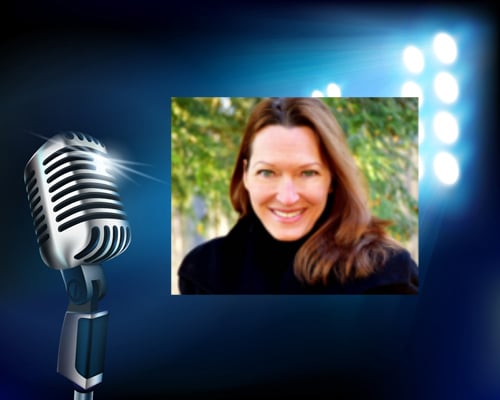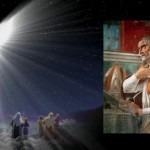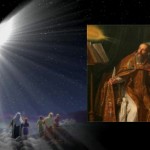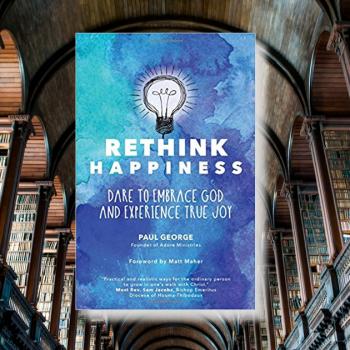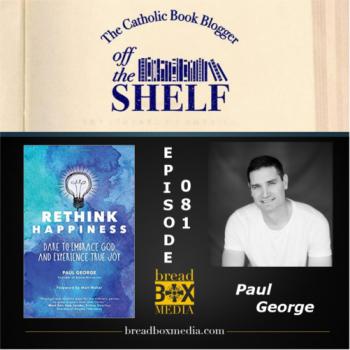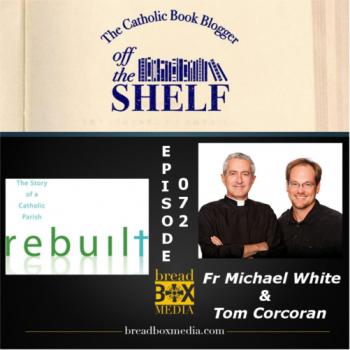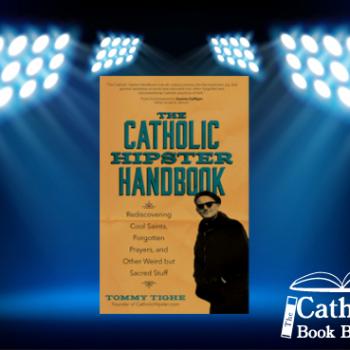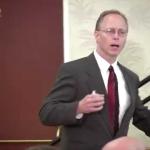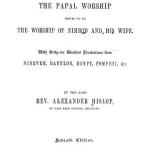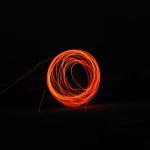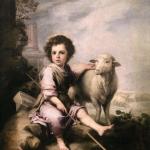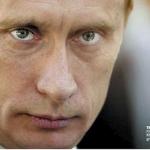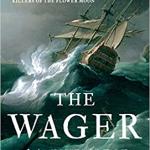Stacy A. Trasancos is a Catholic writer, scientist, teacher, and editor. She earned a bachelor’s degree in science from East Texas State University, a doctorate in chemistry from Penn State University and a master’s degree in dogmatic theology (summa cum laude) from Holy Apostles College and Seminary. She worked as research chemist for DuPont before becoming a full-time homemaker in 2003. Trasancos designed and was editor-in-chief of Ignitum Today (2011-2014) and serves as editor emeritus of Catholic Stand, which she cofounded. She is a contributor to Integrated Catholic Life and Strange Notions. Trasancos is an adjunct professor at Seton Hall University and at Holy Apostles, where she also serves as alumni association president. She teaches chemistry and physics classes at Kolbe Academy, where she also serves as department chair. She is the author of Science Was Born of Christianity: The Teaching of Fr. Stanley L. Jaki. Trasancos is a board member for the Institute for Theological Encounter with Science and Technology (ITEST) and a member of the Fellowship of Catholic Scholars.
She and her husband, Jose, have seven children and three grandchildren and live in the Adirondack mountains in New York.
This week Julie had a chance to chat with Stacy about her new book Particles of Faith: A Catholic Guide to Navigating Science.
JULIE: Thank you for writing Particles of Faith. I decided to read your book because of all the mixed messages sent out about creationism, evolution, and intelligent design. One of my sons is a junior in our local high school and absolutely loves science and is doing exceptionally well in all his AP sciences. He wants to be a scientist and I have no idea how to help him navigate science in light of his Catholic faith. Your book really helped me put my thoughts together. What was the catalyst for writing this book now?
STACY TRASANCOS: Thank you for reading it and for writing a review. The main motivation was to clear up the confusion people have about the relationship between faith and science, for parents, for students, for educators, for anyone who wants a guide to get started.
The book itself is meant to be a catalyst of sorts. Some catalysts work by providing a surface for a reaction to take place. For example, catalytic converters work by adsorbing toxic exhaust gases like carbon monoxide and various nitrogen oxides to the surface of platinum metal to convert them to safe molecules. The molecules stick to the surface of platinum, less energy is then required for the reaction to occur, and the reaction speeds up. The products—gases found in clean air, carbon dioxide, water vapor, and oxygen—then go back out into the atmosphere. When I wrote the book, I pictured the book like the catalyst where the reader and I can sit down together. Then I can address whatever damaging ideas are floating out there about the faith and science relationship and explain how to navigate the issues more easily. My hope is that the reader can go back out into the world to evangelize with a fresh, healthy, confident view of science in the light of faith.
JULIE: You told your readers to “have the right outlook,” “find out what the church teaches,” “begin to learn the science,” and “sort out the system of wills.” Although I was refreshed by your boldness, I also sensed a touch of frustration. Is that all in my imagination or are you feeling that?
STACY TRASANCOS: I am frustrated with those who confuse people trying to lead a life of faith. In this age of cyberspace, anyone can write an opinion about science or religion despite not knowing much about one or either. One on side, the atheists make it sound like you’re a nut if you believe in God even though they have no fundamental reason to explain their own ability to reason or to account for the intelligibility in the natural world. On the other side, groups of Christians have reacted to atheism. The fundamentalists reject scientific theories if they seem to contradict faith (key phrase is ‘seem to’), and the Intelligent Design community plays the atheists’ game. If atheists say, “God did not create this,” they reply, “No, nature could not have done this!” The false dichotomy they set up is one between nature and Creation, as if God did not create nature, and they take too narrow of a view by not calling everything intelligently designed, as if God did not do such a good job on some of creation. All of these short-sighted extremes are toxic.
The healthier view is to pray the Creed and mean it. If we are people of reason and faith who would die before denying Christ, then it makes no sense at all to grant assent of the intellect and will to the tenets of faith—to accept the gift of faith—and then to doubt whether God could have created matter and energy to change exactly as He intended it. Christians have the fuller logic, the advantageous worldview that informs us God created heaven and earth, and that Christ came to redeem us. The total system of reality fits beautifully into place for us, the spiritual, the physical, miracles, free will, intellect, faith, hope, and love. We ought to love science more than anyone. Science is the study of the handiwork of God.
When I explain the order of the periodic table, how all the elements that make up our world are ordered one increasing proton at a time, and how the electron configurations derived from quantum mechanics explain how the elements are God’s building blocks for all matter around us, and when it hits my students that electrons and protons and other subatomic particles and forces are following laws of physics beyond human comprehension right at this instant to hold them in existence . . . well, chemistry and physics comes to life for them. They know why I say the periodic table ought to make a person of faith get down on his or her knees and weep for joy. I hope such a clear-sighted vision will inoculate them from the confusions that run amuck in the air of this age.
JULIE: We are both moms that educate our children at home. As I have progressed through the years with my kids the premier home school science program on the market is not a Catholic one. Do you have any aspirations of writing a Catholic science curriculum?
STACY TRASANCOS: It’s done! Our kids are enrolled at Kolbe Academy. Three years ago when Kolbe Academy was beginning its online program, I began teaching chemistry online as a way to keep myself occupied while the kids were working on their lessons. As the kids got older, I found that I was not competent to teach them the courses they need for a classical education. So when Megan Lengyel, the Director of Kolbe Academy’s online program, asked me if I was interested in teaching more classes (including physics) and then leading the science department as chair, it was a win for all involved, for my kids because I could help build the “classical education at home” I wanted for them, for me to grow as an instructor, and hopefully for the families of Kolbe Academy because I truly love to pass on my passion for science.
Kolbe has an entire classical curriculum online for junior high (which our two oldest students are enrolled in) and high school. Specifically, to answer your question, the science department offers 2 junior high classes, 4 core high school classes, and 5 advance placement (AP® College Board approved) and honors classes in biology, chemistry, and physics. We use secular textbooks, but we pray before and after every class, and we teach science rigorously in the light of faith. You can find more information at our website here. The curriculum is not just written; it is happening. I have a stack of college reference letters on my desk right now that I’m writing for past students.
JULIE: Time for our signature ending question. This is a blog about books. What books are currently on your bookshelf to read?
STACY TRASANCOS: I read a lot of books at a time; some I finish; some I study; some I check out and leave behind.
I read the Douay-Rheims Latin/English Holy Bible from Baronius Press, and Heinrich Denzinger Compendium of Creeds, Definitions, and Declarations on Matters of Faith and Morals from Ignatius Press (both gifts from mentors), and the Summa Theologiæ Latin/English Edition from the Aquinas Institute for the Study of Sacred Doctrine (the full set a gift from my husband) from my actual bookshelf in my study. (My study is a tiny room my husband set up for me with shelves, a window, a desk, a collection of fountain pens, and a locking door.) My collection of Fr. Stanley L. Jaki’s books and other theology and science texts are kept there as well.
On my phone while walking my dog each day, I am currently ‘listening’ to J. R. R Tolkien’s The Hobbit (a first) and Richard Rhodes’ The Making of the Atomic Bomb. I recently finished Albert Camus’ The Stranger.
On my Kindle Paperwhite for nighttime/morning reading, I recently finished Leila Miller’s Raising Chaste Catholic Men: Practical Advice Mom to Mom, and John Farrell’s The Day Without Yesterday: Lemaître, Einstein, and the Birth of Modern Cosmology (both good friends). I just started F. C. Copleston’s Aquinas: An Introduction to the Life and Work of the Great Medieval Thinker, at the suggestion of another good friend.

